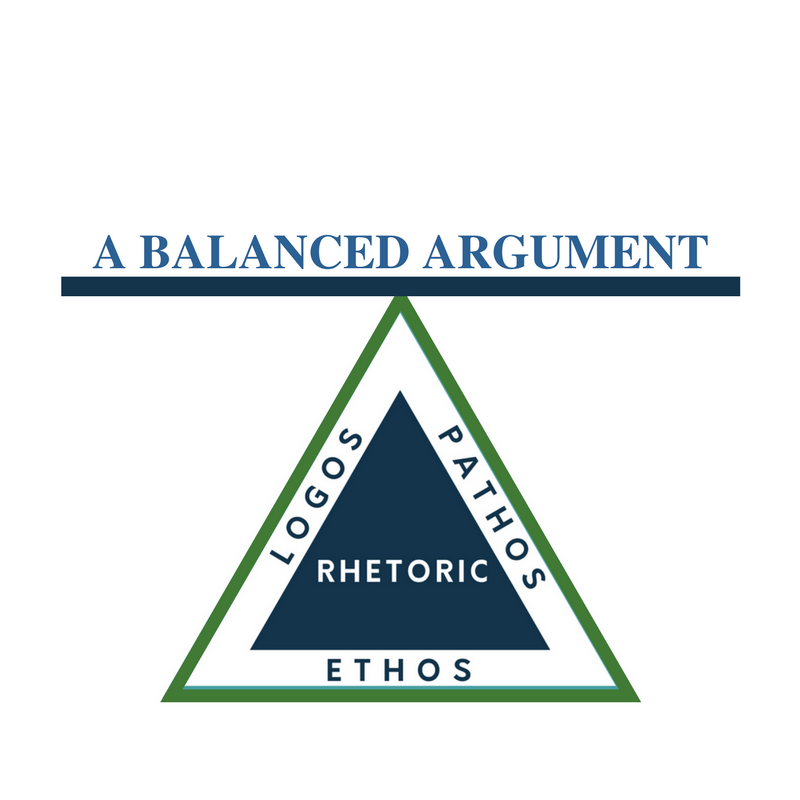6 What is a rhetorical situation?
Elizabeth Browning
Essentially, understanding a rhetorical situation means understanding the context of that situation. A rhetorical situation comprises a handful of key elements, which should be identified before attempting to analyze and evaluate the use of rhetorical appeals. These elements consist of the communicator in the situation (such as the writer), the issue at hand (the topic or problem being addressed), the purpose for addressing the issue, the medium of delivery (e.g.–speech, written text, a commercial), and the audience being addressed.
Answering the following questions will help you identify a rhetorical situation:
- Who is the communicator or writer?
- What is the issue that the writer is addressing?
- What is the main argument that the writer is making?
- What is the writer’s purpose for addressing this issue?
- To provoke, to attack, or to defend?
- To push toward or dissuade from certain action?
- To praise or to blame?
- To teach, to delight, or to persuade?
- What is the form in which the writer conveys it?
- What is the structure of the communication; how is it arranged?
- What oral or literary genre is it?
- What figures of speech (schemes and tropes) are used?
- What kind of style and tone is used and for what purpose?
- Does the form complement the content?
- What effect could the form have, and does this aid or hinder the author’s intention?
- Who is the audience?
- Who is the intended audience?
- What values does the audience hold that the author or speaker appeals to?
- Who have been or might be secondary audiences?
- If this is a work of fiction, what is the nature of the audience within the fiction?
Figure 2.1 A Balanced Argument


